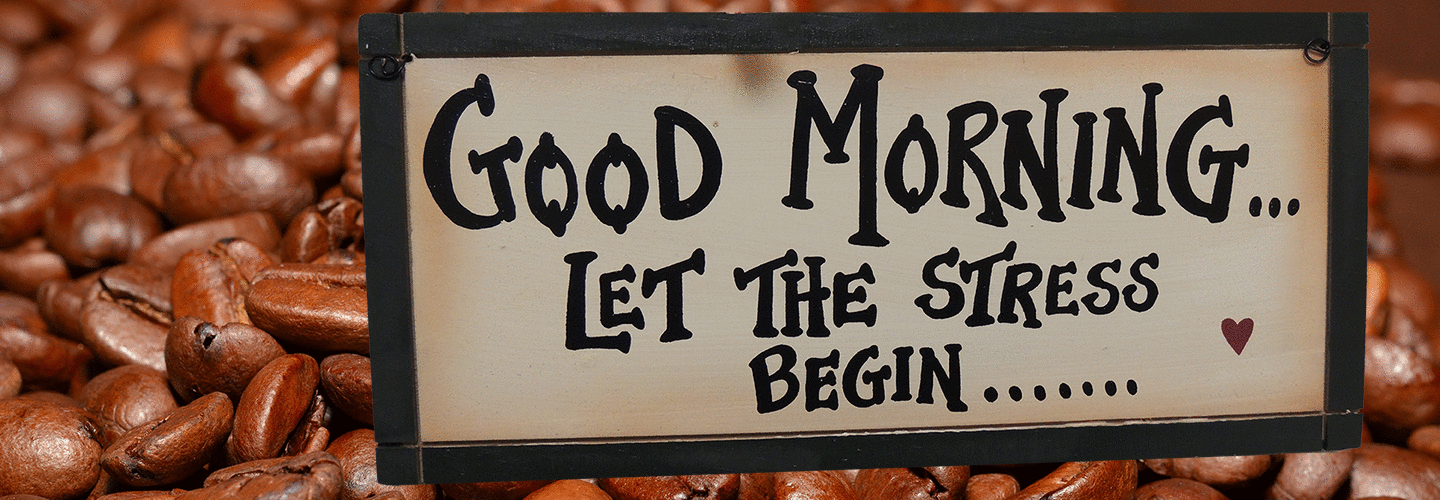Reduce Your Anxiety Using Visualization Techniques
- Home
- Blog

We’re all familiar with that sinking feeling you get the second you hear your alarm go off in the morning. It’s the start of another day and all the stresses that come with it. No matter how put together other people think you are, you worry deep down that you can’t handle it all. The American Psychological Association came out with a report last year which showed that millennials are the most stressed of any generation, but that all generations feel that money and finances are their number one cause of anxiety. Two out of five Americans say they worry every day, according to a white paper called the “Worry Less Report” that the New York Times reported on in May 2016. Worry can turn into generalized anxiety disorder—which affects 2 to 5 percent of Americans—when it becomes excessive and uncontrollable, makes you feel trapped by your own relentless thoughts and ritualistic behaviors, and may prevent you from spending time with friends and loved ones. Anxiety can be a powerful motivator, helping you to channel energy into productive output at work and generate new ideas to solve problems. But when it starts to consume your thoughts and cripple your ability to take action, you need to address the problem directly. There are visualization and mindfulness techniques that you can learn through psychotherapy to alleviate your anxiety in real time.
It may sound obvious, but all you need is just a little more optimism. Researchers have studied an area of the brain called the orbitofrontal cortex (OFC), part of the prefrontal cortex, which plays a pivotal role in how we control our emotions and behaviors because it assigns emotions to particular intellectual information that we process. The OFC has been linked to anxiety disorders in past studies, and this study showed that the larger the gray matter in the left side of the OFC, the more resilient the brain becomes against anxiety. The way to a larger OFC? Training yourself to respond more positively to stressful events, and to stay optimistic on a moment-to-moment basis. You can do that in two ways: killing negative intrusive thoughts as they occur through a visualization technique that I call the “Stop Sign”, and maintaining optimism in the long term through the common mindfulness technique of meditation.
1. Visualize a Stop Sign
A family member of mine used to call me every day because she was experiencing overwhelming anxiety in the form of intrusive thoughts. She kept imagining loved ones involved in horrific accidents, where she would actually play out the scenes like mini movies in her head—watching her husband being hit by a car crossing the street, or her daughter being mugged during a night out with her friends. I taught her how to use a visualization technique, where you replace the intrusive, unwanted thought with an image of a Stop Sign on an empty street with only a clear blue sky and green grass in view. As you focus on this Stop Sign, you repeat the word “stop” multiple times until nothing else can enter your consciousness. Whenever you feel any intrusive thought enter your mind and disrupt your feelings of stability, this technique can help.
2. Meditate Using an App on Your Phone
Meditation is a more familiar mindfulness technique for reducing anxiety because it allows you to take control over your thought process and prove to yourself that you can focus for a period of time (usually no longer than 20 minutes) without allowing negative thoughts to enter your mind. It helps increase self-awareness and self-acceptance, and can reduce physical repercussions of stress like high blood pressure. A study showed that a particular type of meditation called Lovingkindness meditation (LKM) which focuses on boosting optimism by increasing compassion for yourself and others, had a positive impact on the vagus nerve (extending from the brainstem to the heart) which helps regulate emotions as well as the cardiovascular and digestive systems. It may seem counter-intuitive to turn to your smartphone for stress relief when it is often the main source of people’s anxiety. But if you’re feeling tempted to escape reality by playing a game of Candy Crush, it will serve you more to try 15 minutes of guided meditation without having to leave your office or home. An app called Headspace, which has a free version, has many different guided meditation options with a narrator to help you combat negative thoughts. Other apps are available to test out and see what works for you.
Dr. Walker Lyerly, a psychiatrist at our practice with extensive training and experience in the treatment of anxiety issues, reminds patients that even with these techniques you can’t expect immediate results. “Anxiety will never go away completely, but patients start to feel better once they realize that their treatment will focus on learning to manage and tolerate episodes of anxiety, which is not as difficult as it may seem.” Don’t continue to avoid things because of your anxiety. Resist the temptation to roll through that Stop Sign on the way to your next life event, and instead learn to come to a complete stop.
Related Information
- Learn about Genetic Testing
- Learn about Potomac Psychiatry
- Meet Our Doctors
- Contact Potomac Psychiatry
.png?width=144&height=144&name=Untitled%20design%20(34).png)



